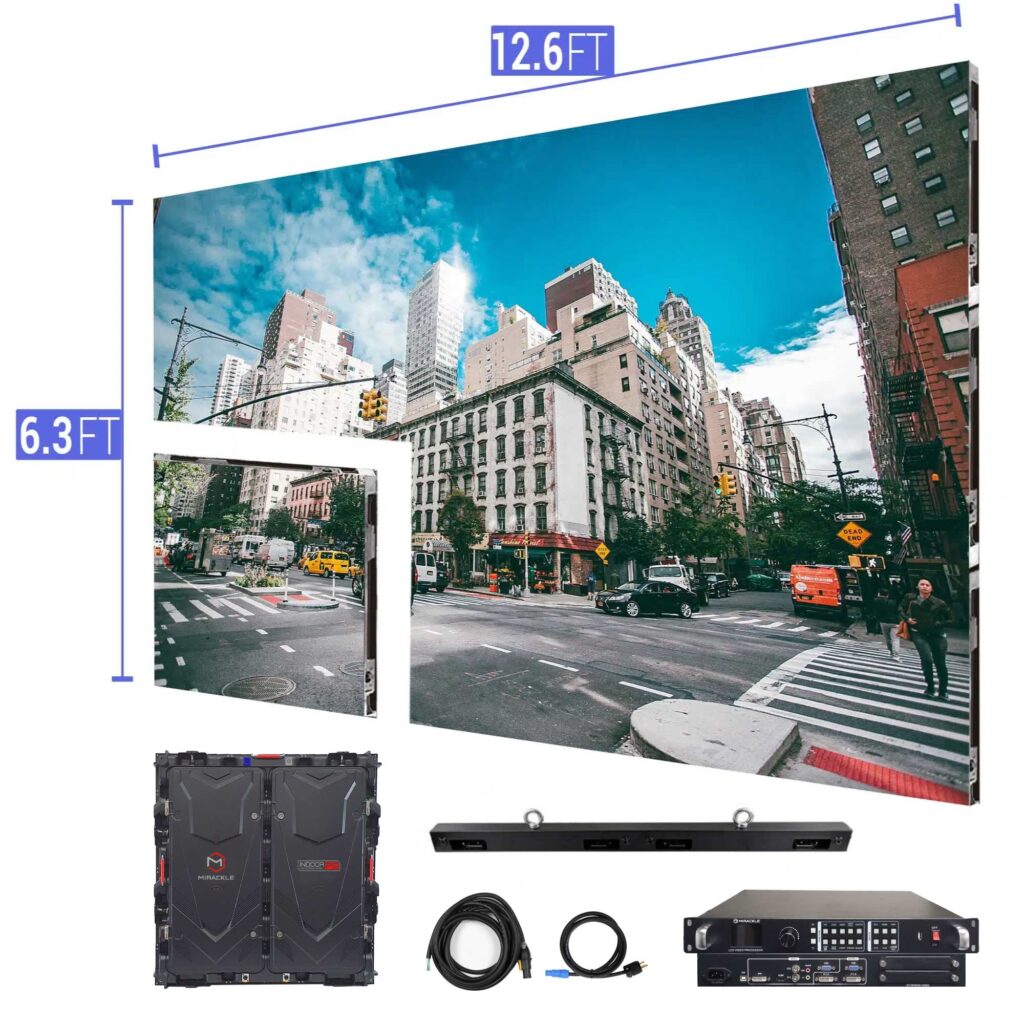To understand contrast ratios better, it is beneficial to comprehend how they are calculated. The ratio is typically represented as two figures, such as 1000:1. This means that the brightest white is 1,000 times more luminous than the darkest black. Displays with high contrast ratios provide deeper blacks and brighter whites, which enhances the overall image experience. When viewing a film or playing a video game, for example, these variations can create a more immersive environment. Users can observe details that may be unnoticeable in screens with lower contrast ratios.
Different types of screen systems, such as liquid crystal display, LED, and OLED, have varying contrast ratios. OLED panels are recognized for their superior contrast because they can deactivate individual pixels completely, resulting in true black levels. On the other hand, traditional liquid crystal screens may struggle to reach similar levels of darkness due to their illumination methods. It is essential for consumers to evaluate these differences when selecting a screen for their requirements. Grasping how each technology manages find here contrast can greatly impact satisfaction with the product.
Moreover, the significance of contrast ratio extends beyond entertainment; it also influences efficiency in work environments. For tasks requiring detailed visual analysis, such as visual design or photo editing, having a display with a superior contrast ratio allows for greater precision and definition. This ensures creatives can see fine details in their artwork or images without discomfort. In educational settings, students gain from enhanced displays that make learning materials more interactive and easier to understand.

To sum up, enhancing visual experience through understanding contrast levels is essential for individuals using display technology. A higher contrast ratio leads to better image quality by providing richer colors and more detail in images. As technology continues to evolve, consumers should remain informed about these specifications to make choices that align with their preferences and needs. Whether for entertainment or work, knowing about contrast ratios maximizes satisfaction and efficiency in blog using screen technology.